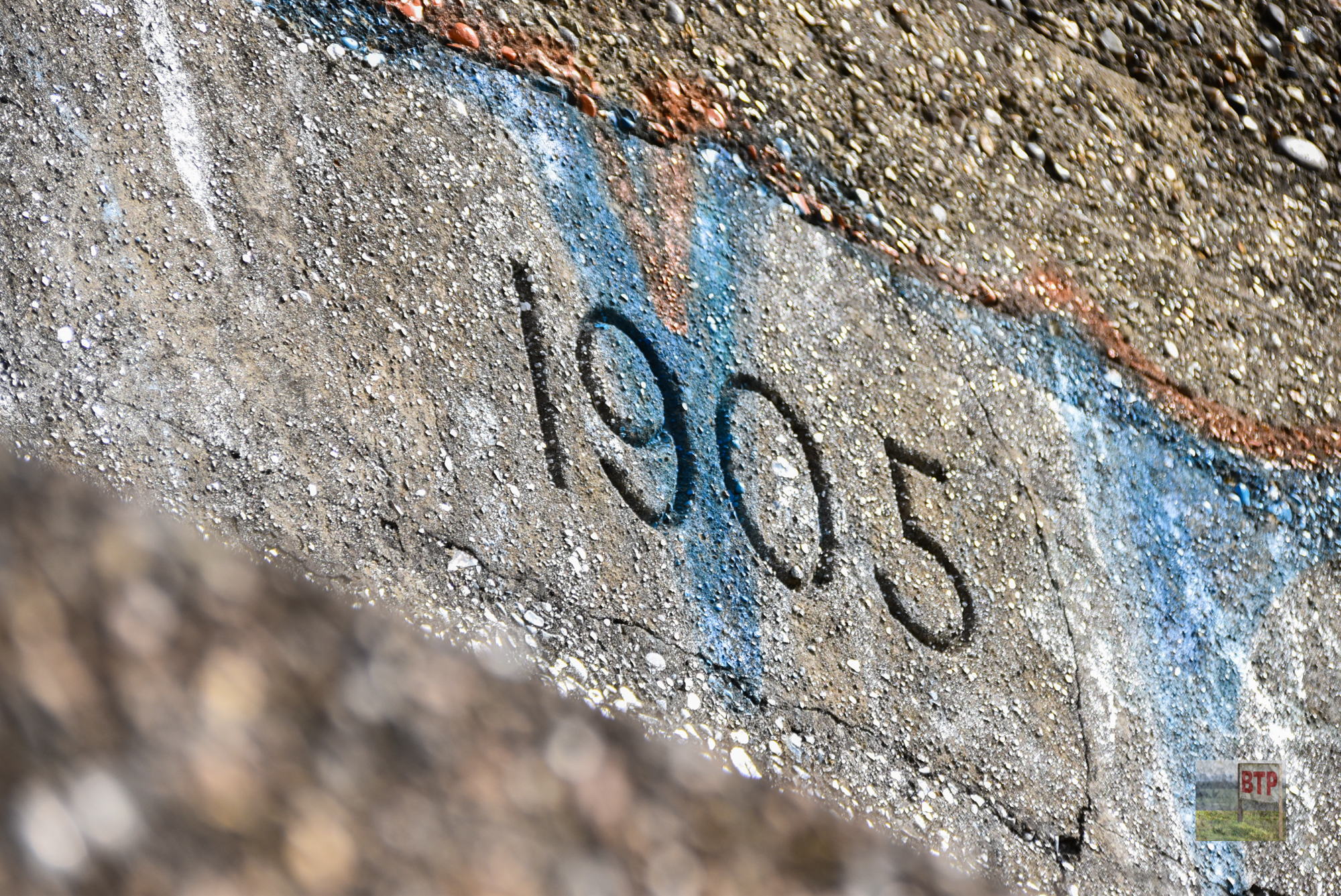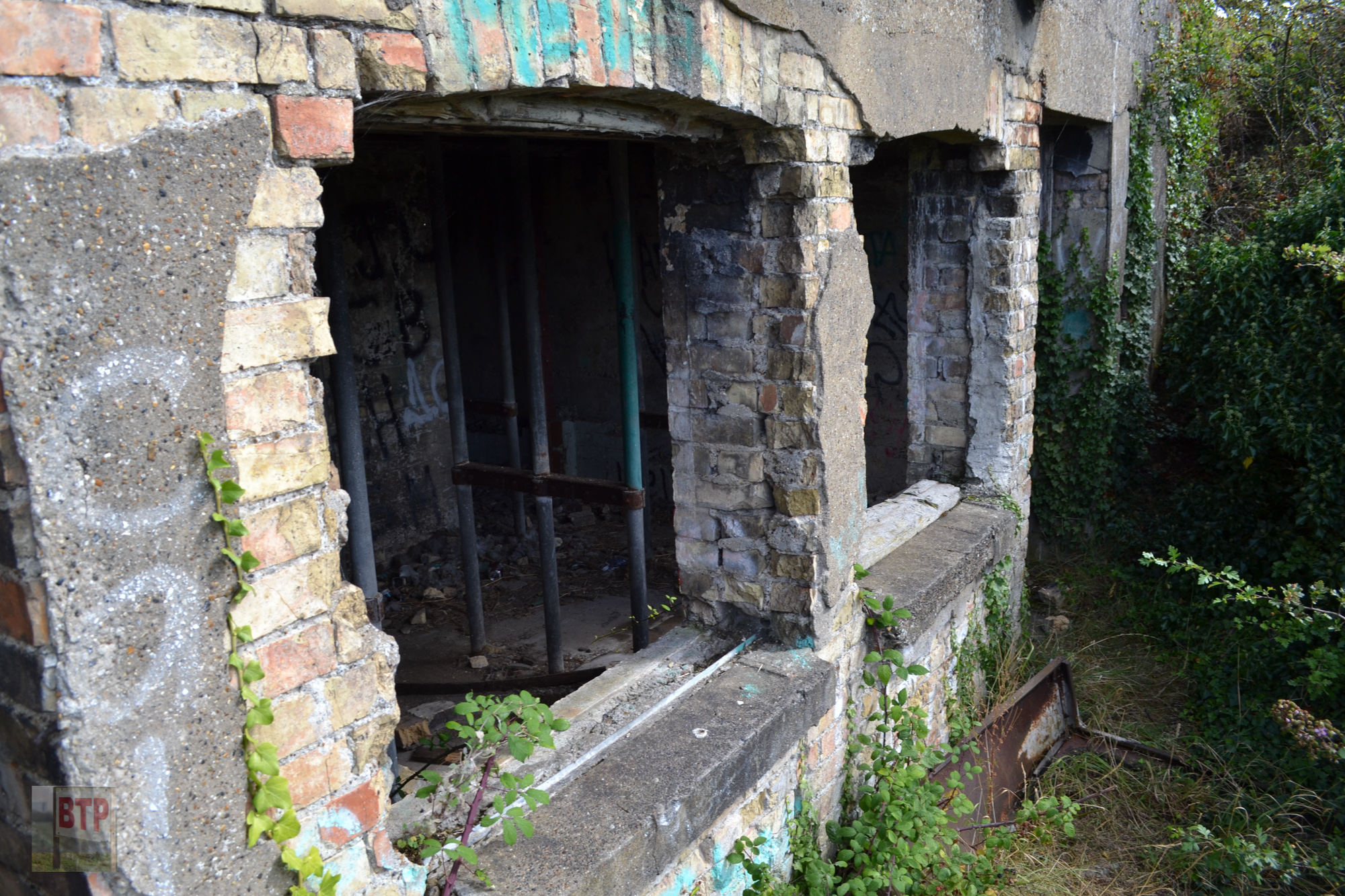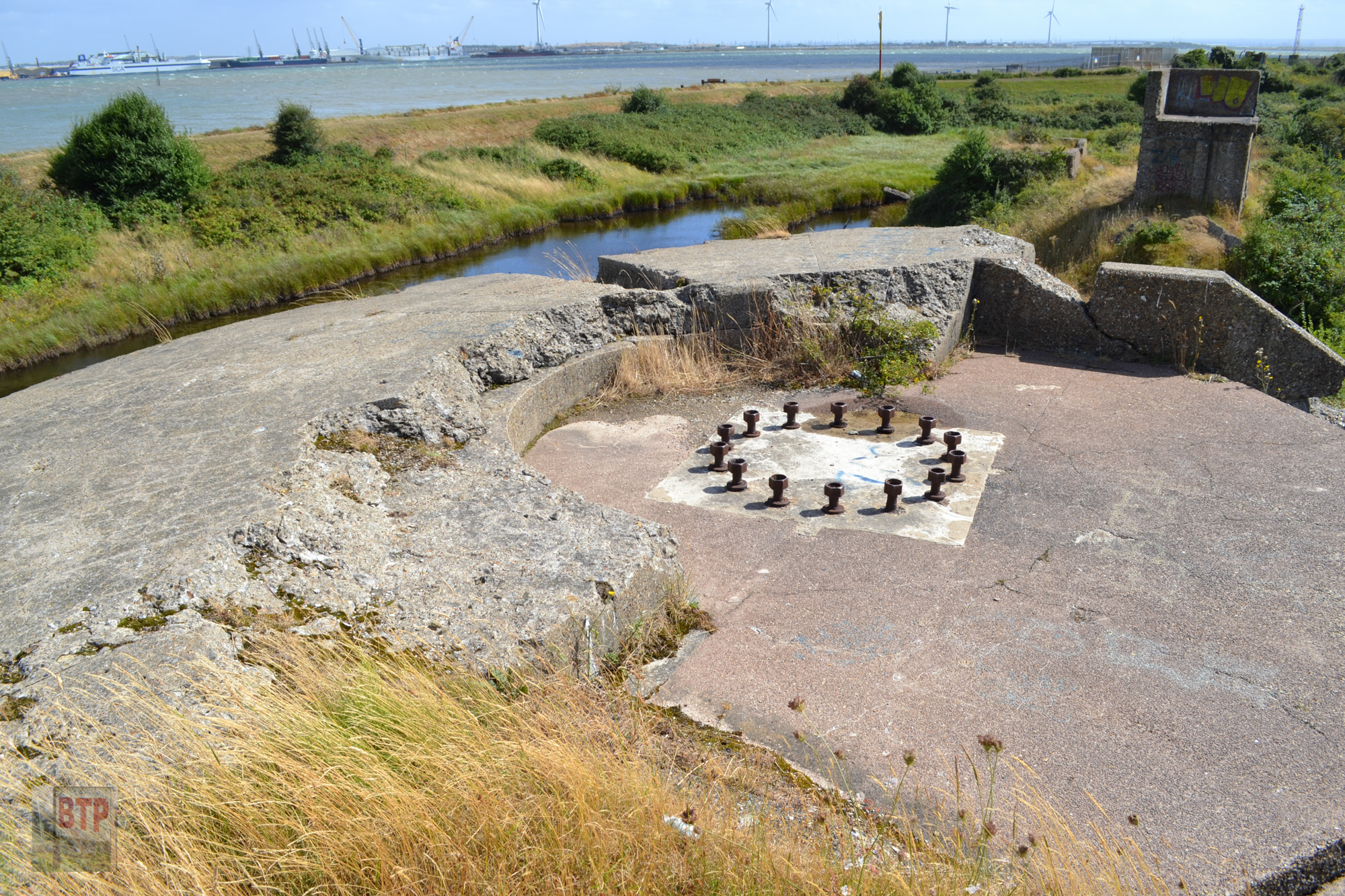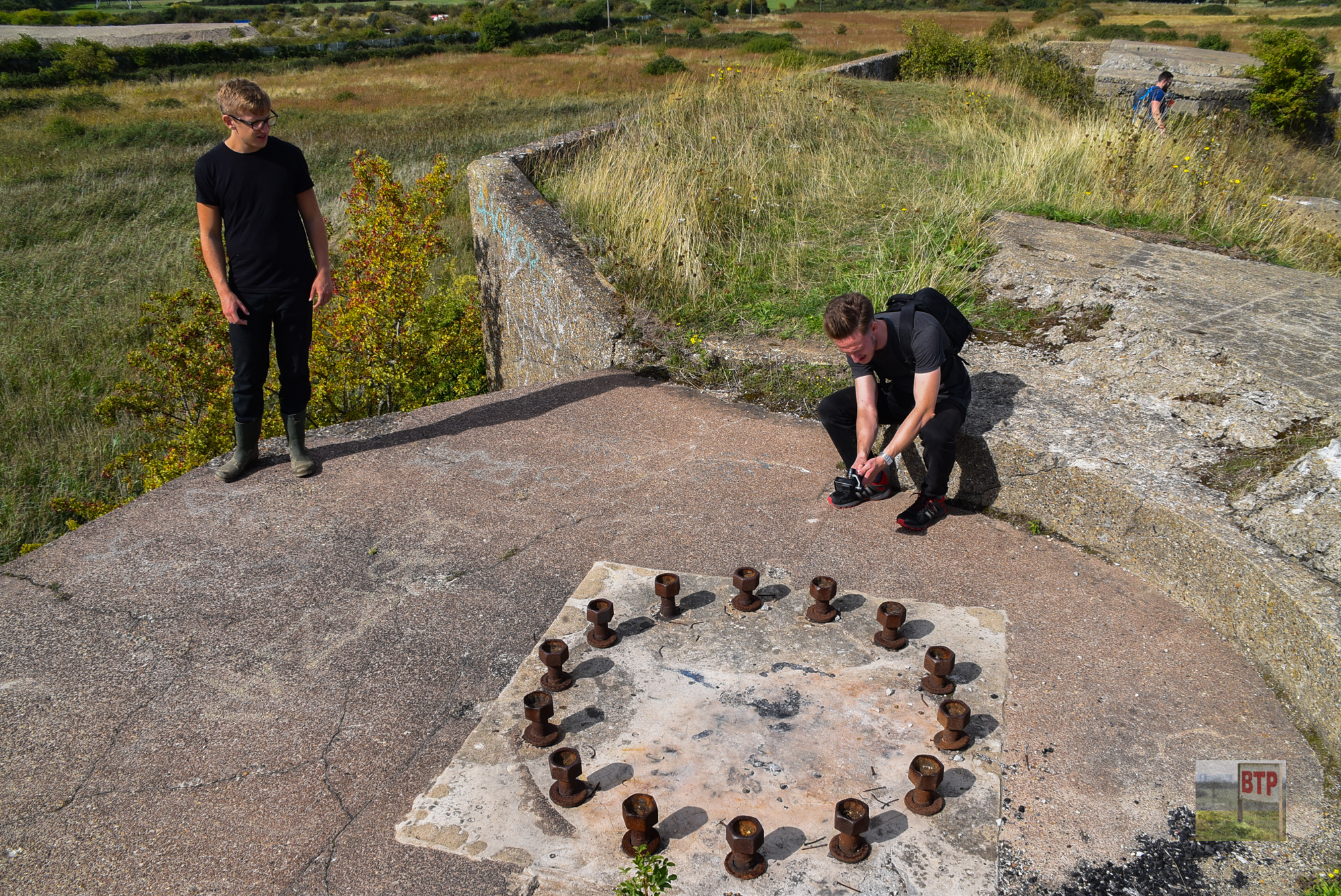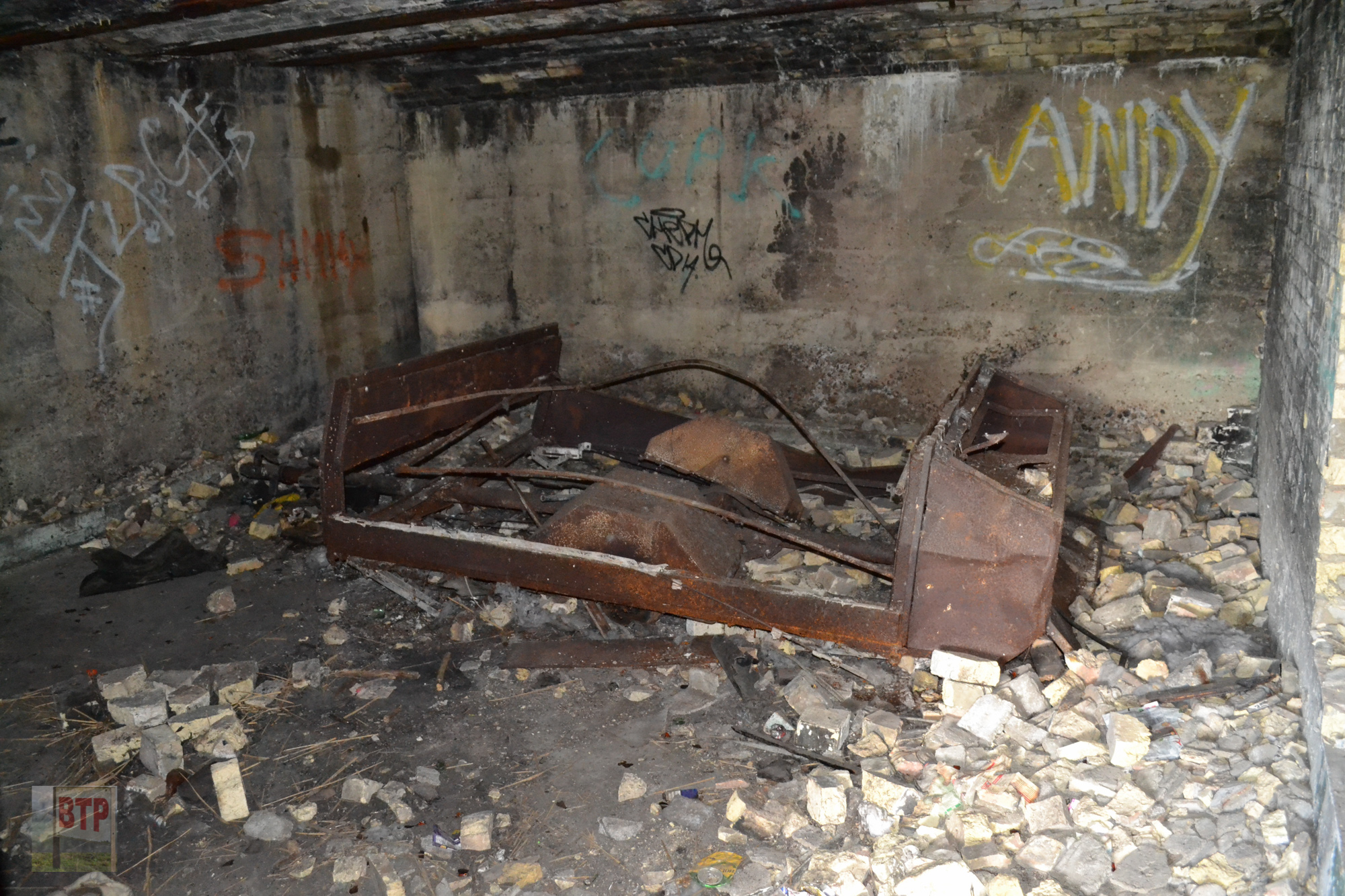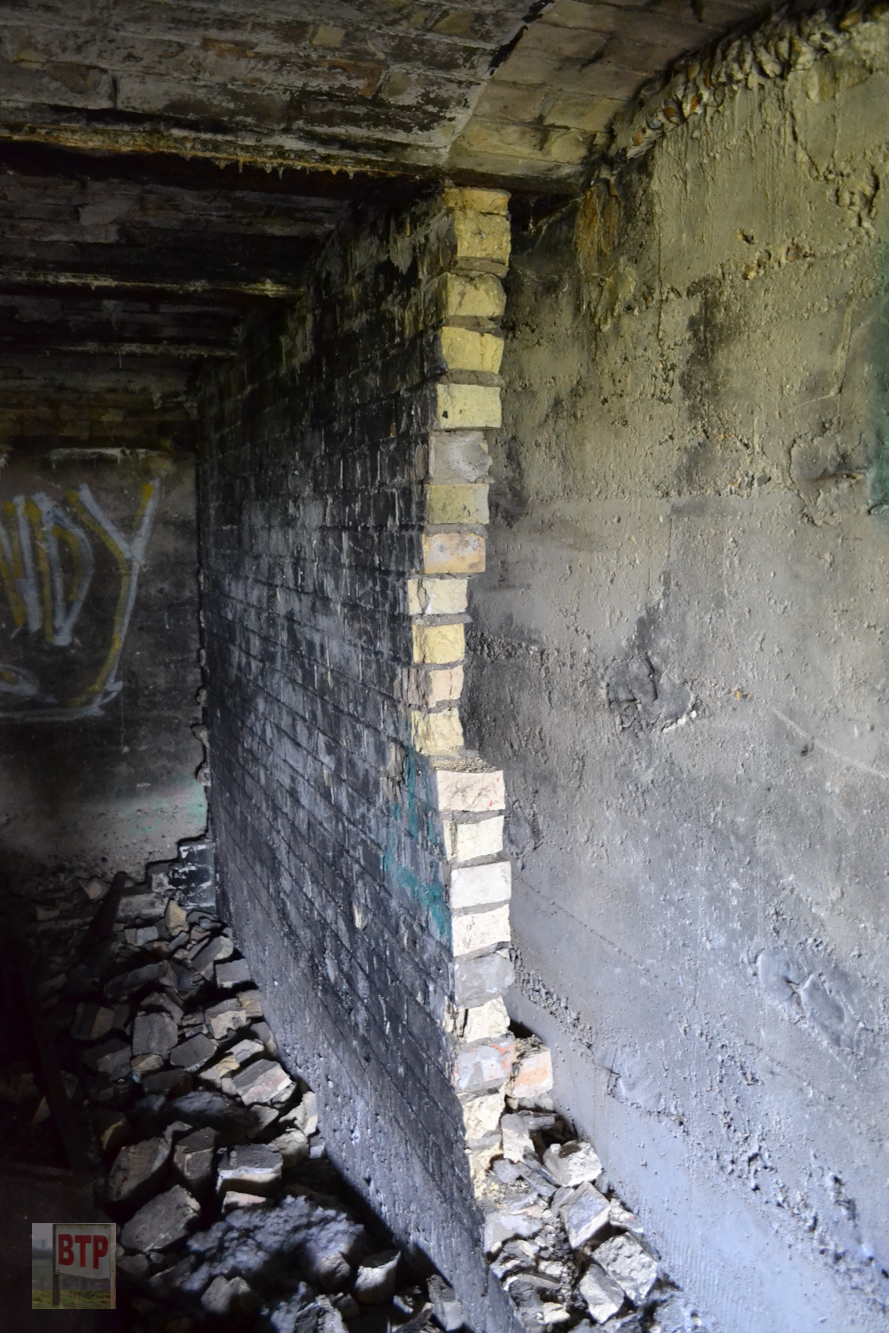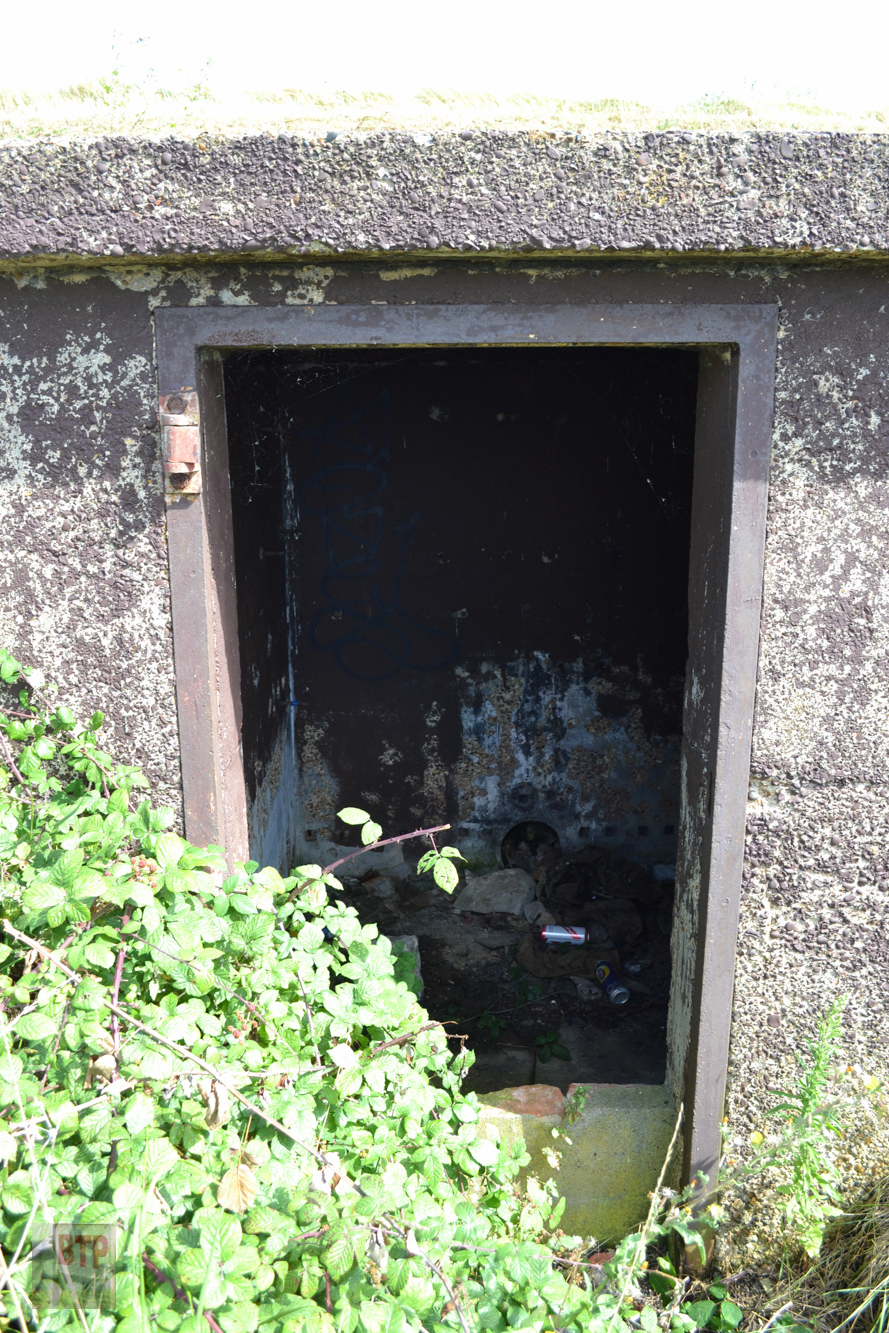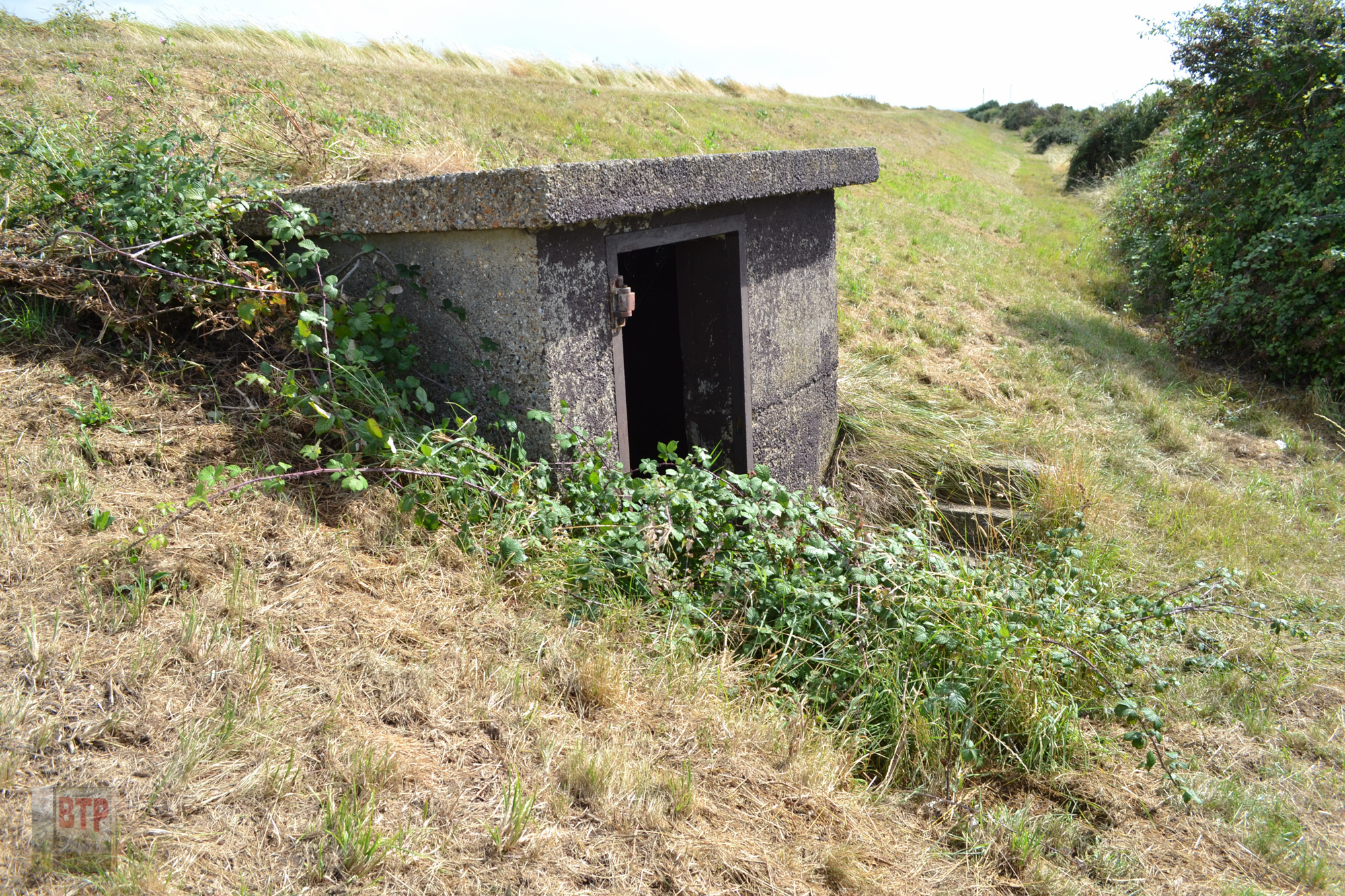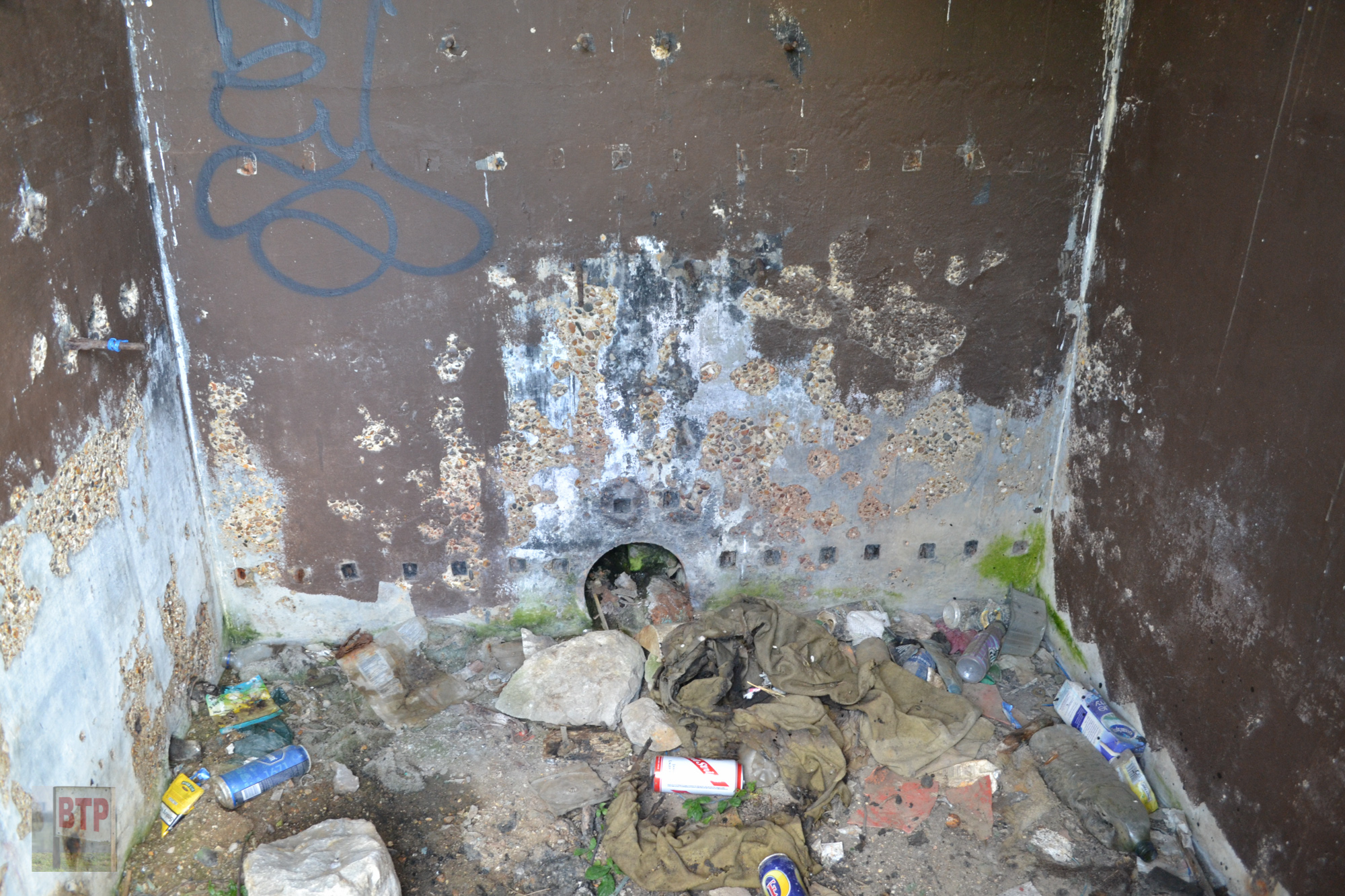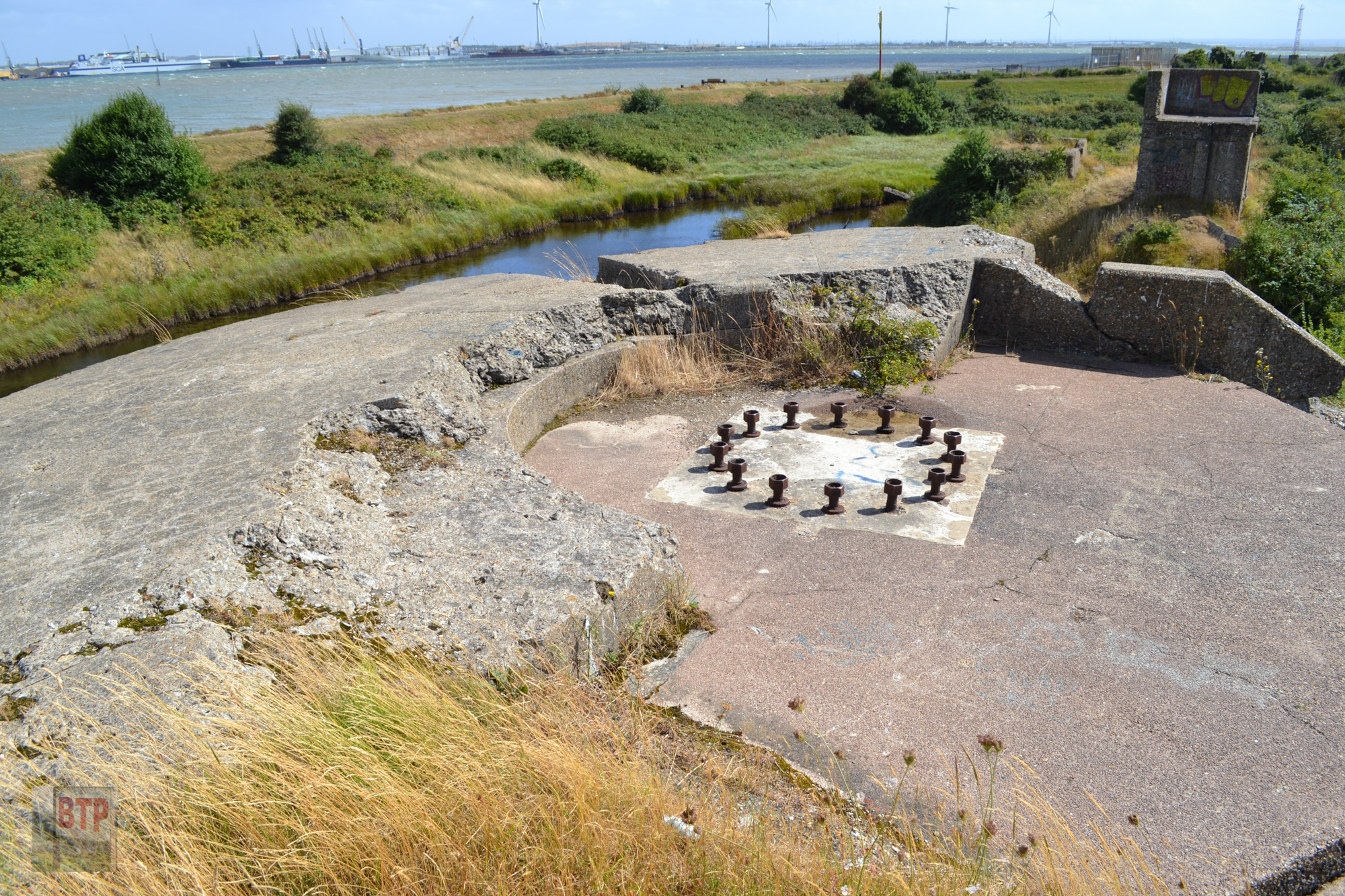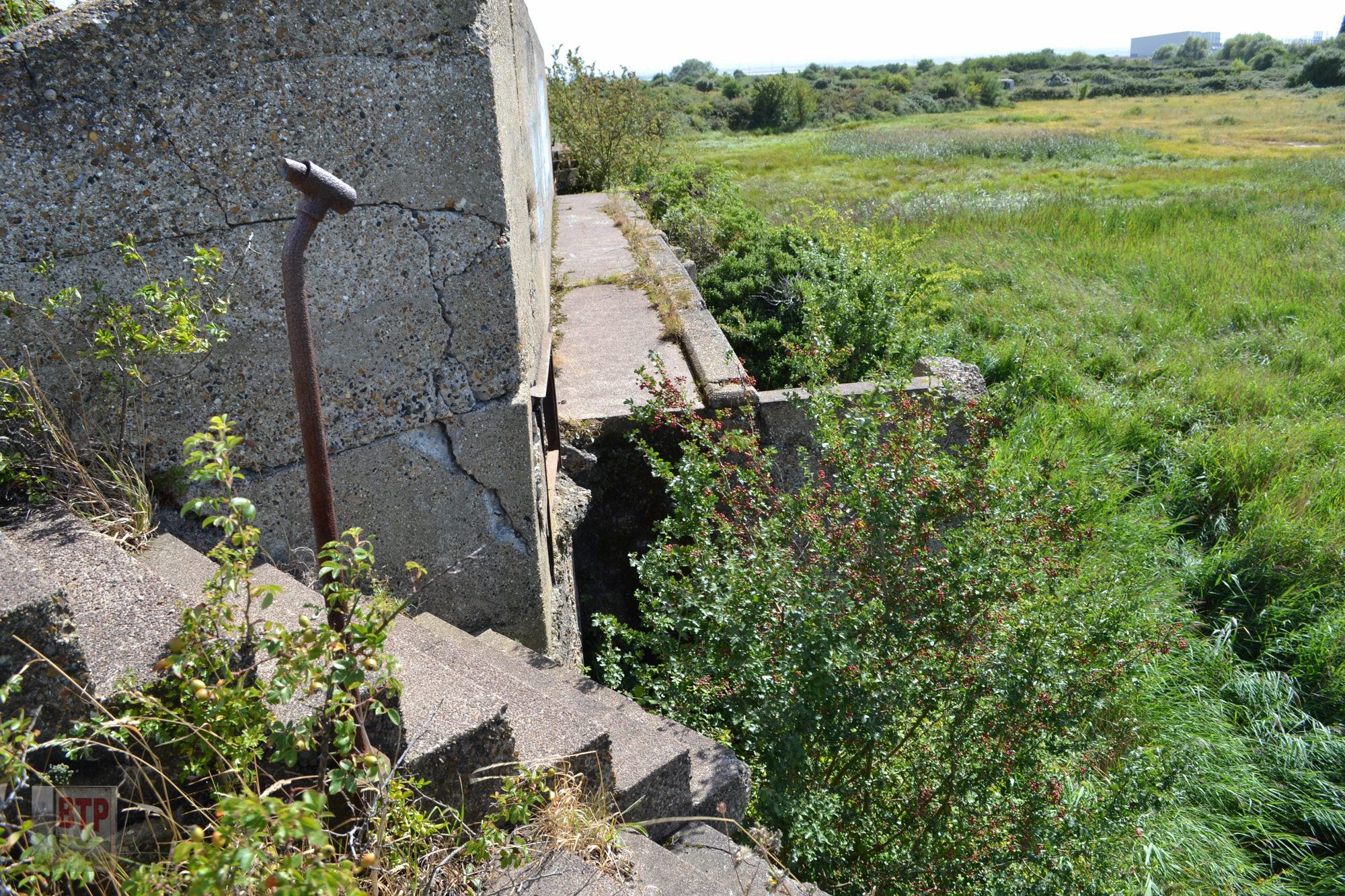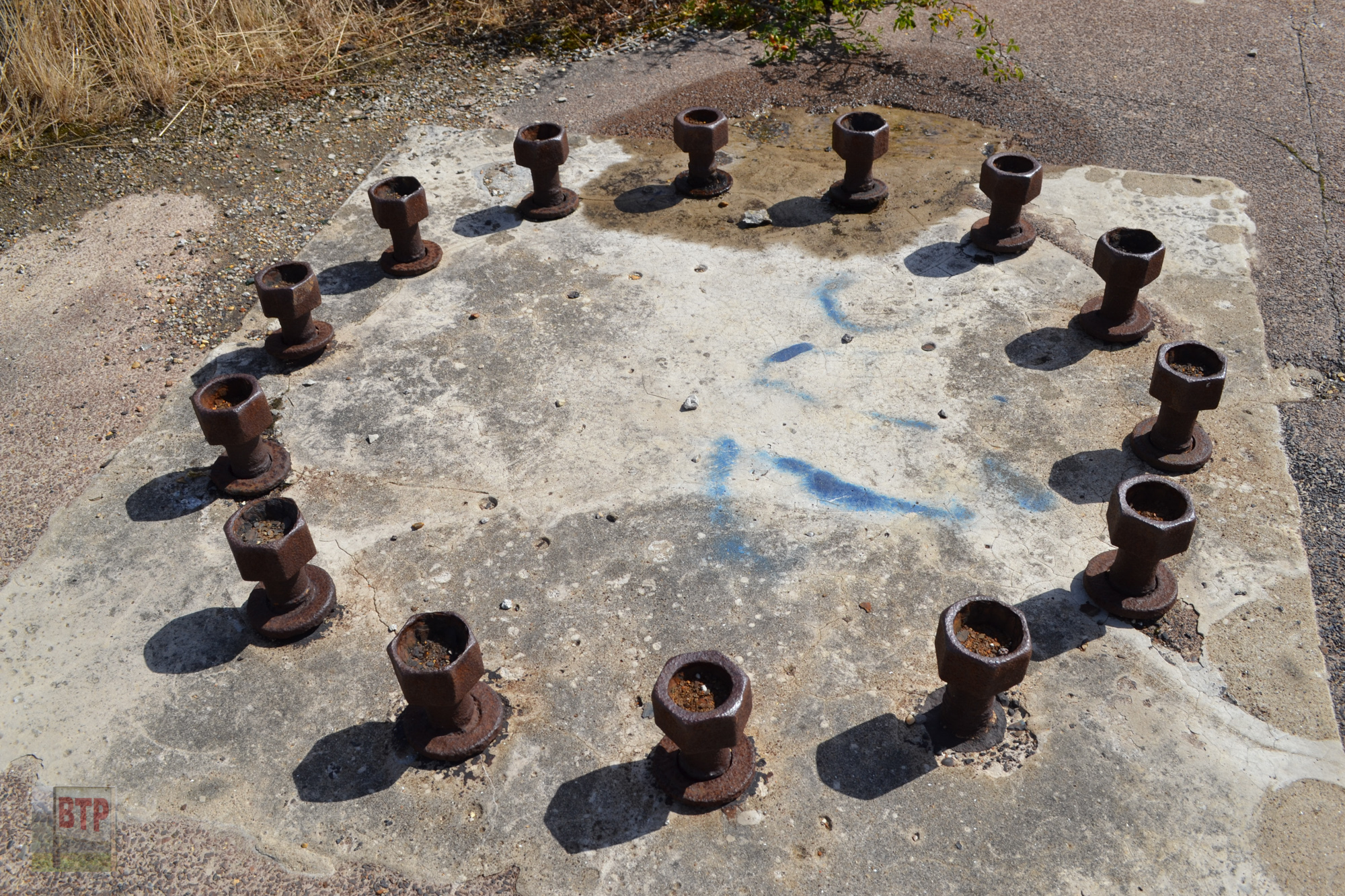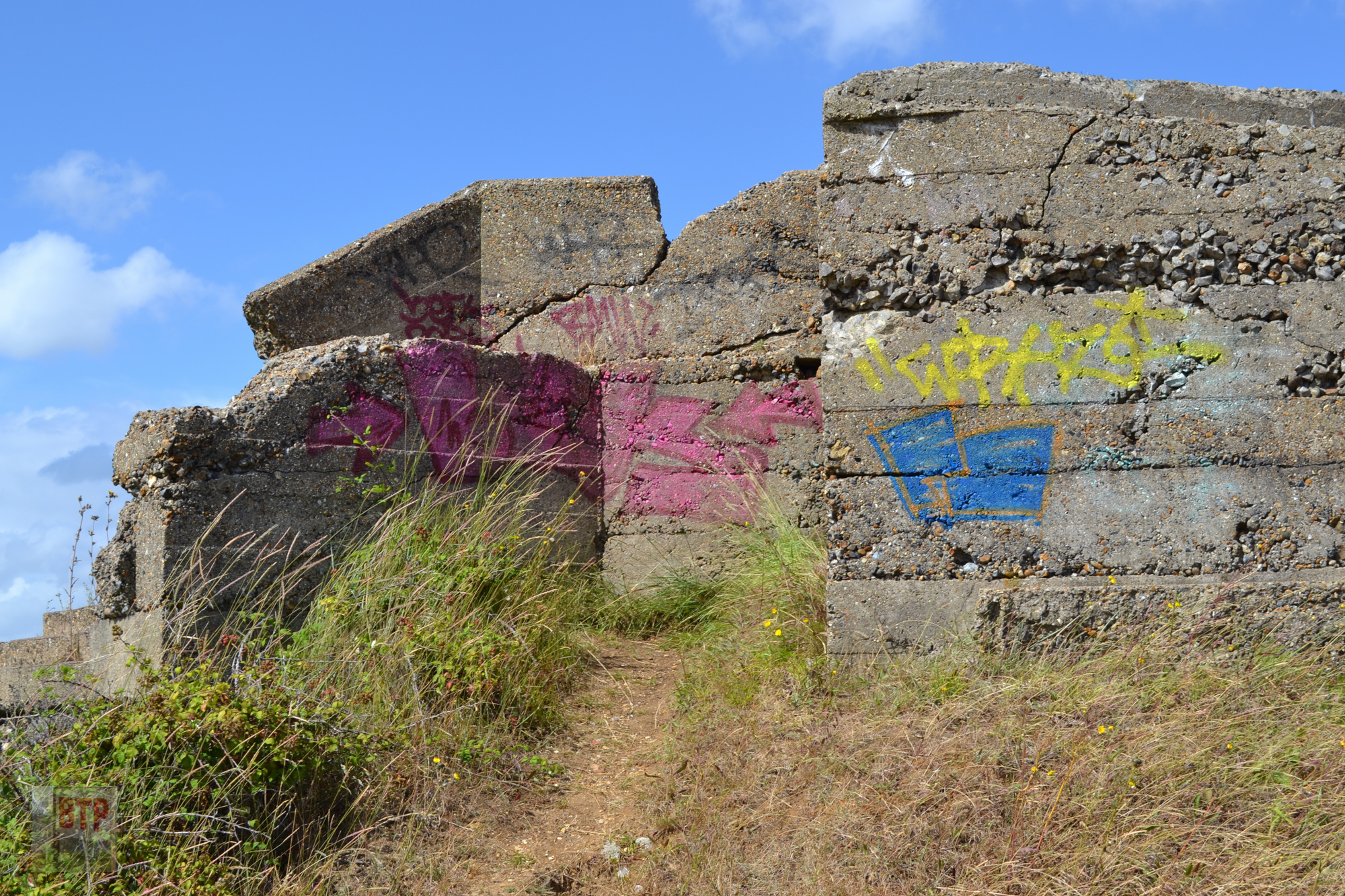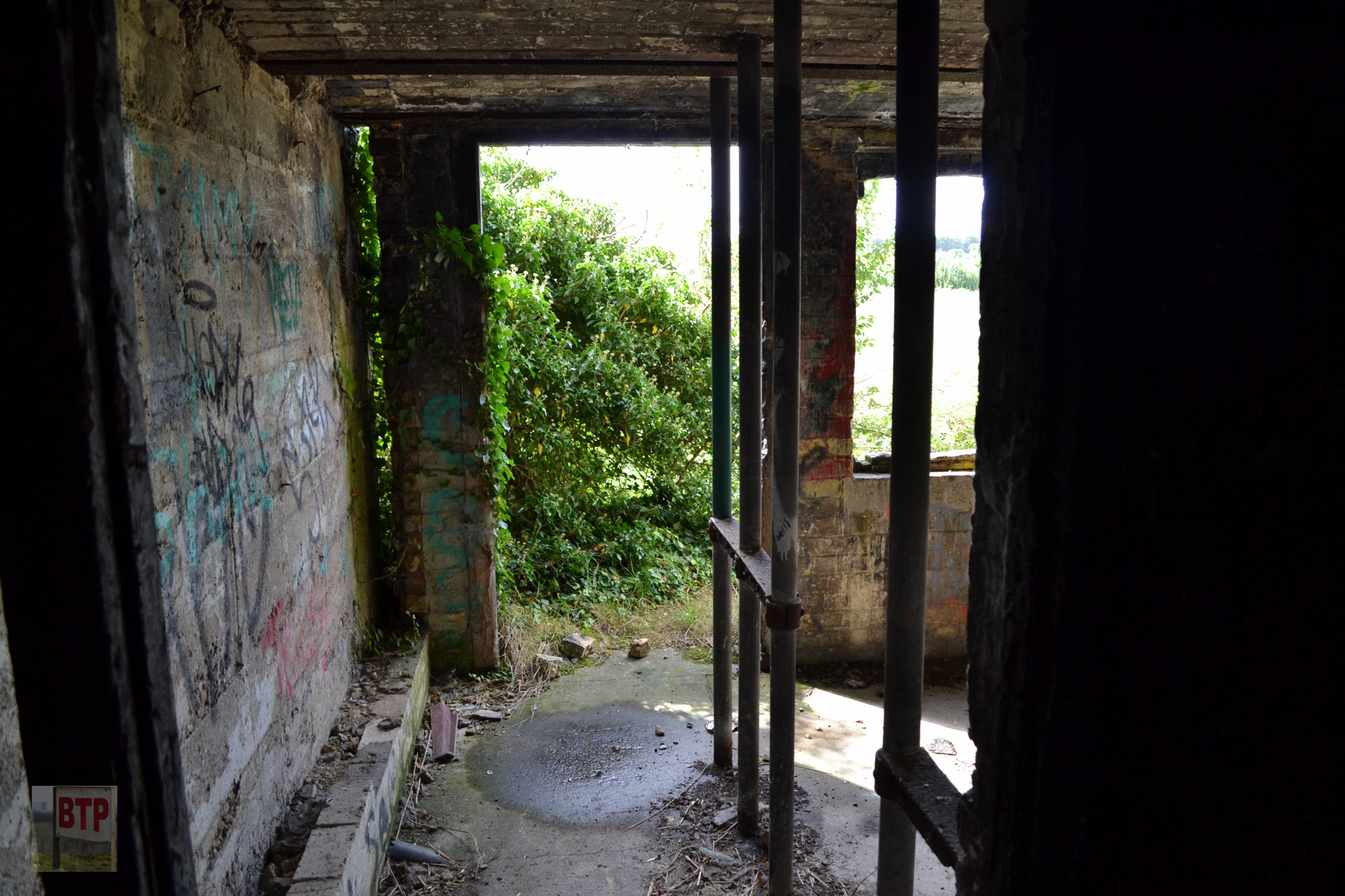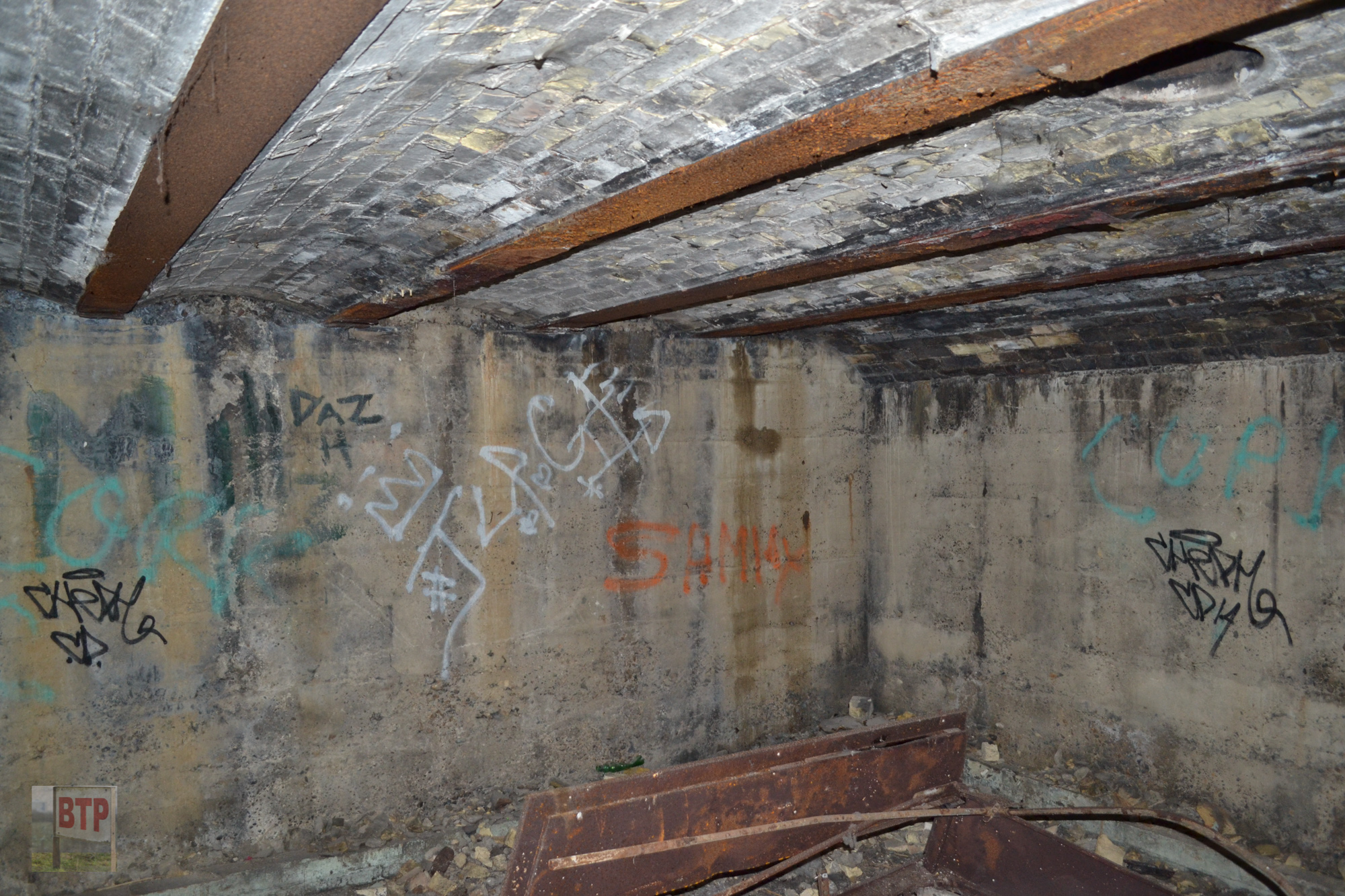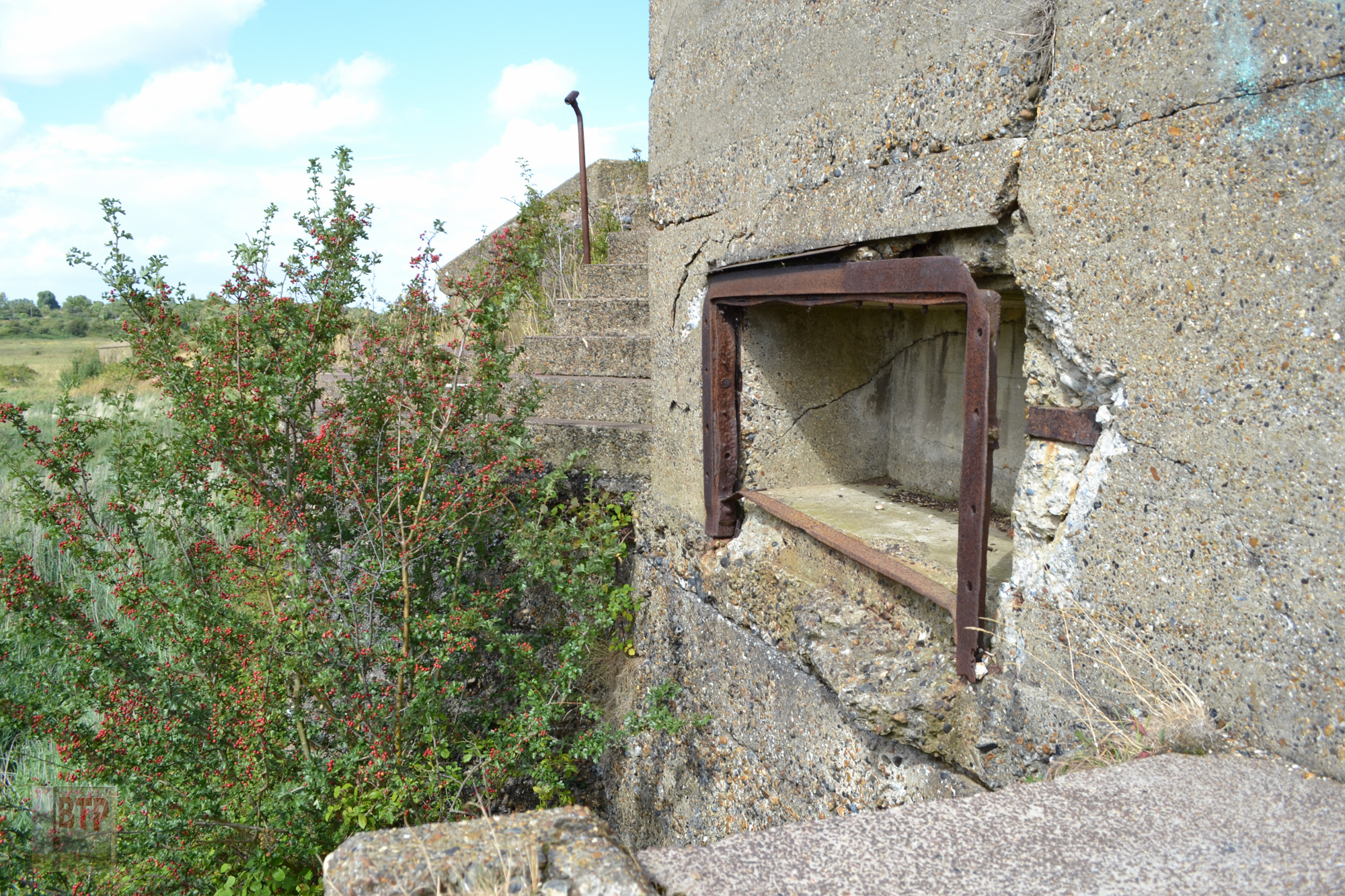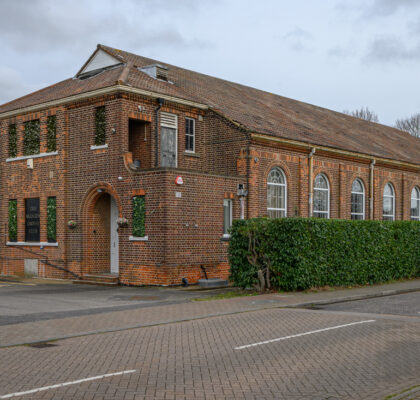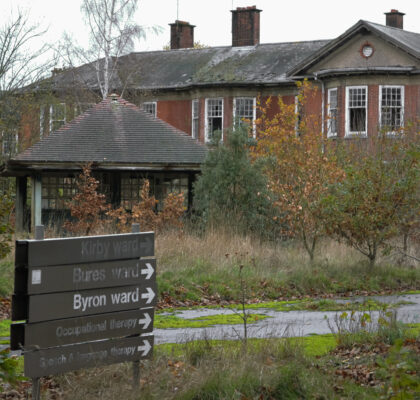Grain Dummy Battery, originally known as Grain Battery, was built shortly before Grain Fort, completed in 1865 to support two nearby forts; Grain Fort and Grain Wing Battery. Following the usual design for batteries, it consisted of several gun emplacements with magazines below. Unlike other forts, it’s likely that this one was out of service as early as the First World War and was abandoned due to it being badly damaged caused by the earth around it being removed.
Both the dummy battery and Grain Fort were built to improve costal defences following the threat of invasion from the French. The dummy battery is around half a mile south of Grain Fort and was connected by a military road which no longer exists. The purpose of the battery was to support the line of fire, helping both Grain Fort and Garrison Point Fort on the other side of the river. The battery originally took the form of a J-shaped earthwork in which a concrete core supported the guns above and the ammunition below.
The battery was initially armed with four or five heavy rifled muzzle loaders for use against large warships but there were replaced in 1895 by more powerful 6-inch rifled breech loaders.
The Battery was the result of defence plans from an 1860 Royal Commision but a second report in 1869 documents the construction and structural difficulties encountered due to subsidence. The 1869 report recommended that the Battery be completed in a temporary form as extra weight from artillery wouldn’t be suitable.
In 1905 the name of this battery was changed from Grain Battery to Dummy Battery and underwent substantial alterations at the same time. Two 4.7-inch quick-firing guns were installed to keep up to date with the threat of invasion from enemy torpedo boats and destroyers. They were mounted in a pair of concrete emplacements of a typical low-profile design. A new magazine was also built within the battery’s core, with separate storage rooms for shells and cartridges. A troop shelter also existed behind the main trace of the earthworks.
The battery was decommissioned before the First World War and its guns were removed. During the war it was used to defence against enemy aircraft which resulted in two 3-inch anti-aircraft guns being added, to protect Grain Air Station. This was abandoned not long afterwards and the battery lie empty and unused until the 1950’s when the abandoned battery was severely damaged by demolition and excavation work. This resulted in the loss of the surface buildings and the original magazine.
“This monument is scheduled under the Ancient Monuments and Archaeological Areas Act 1979 as amended as it appears to the Secretary of State to be of national importance.” – Historic England
Exploring the upper section of the site was relatively easy, although hard to get around. When I saw the entrance to the lower part of the battery, this involved wading through reeds as tall as myself! While the immediate north of the site is waterlogged, my route through the reeds from the west and south were dry. Located a short walk away was this small building below. We’re unsure of the use of this building so comment below if you can help us out.

